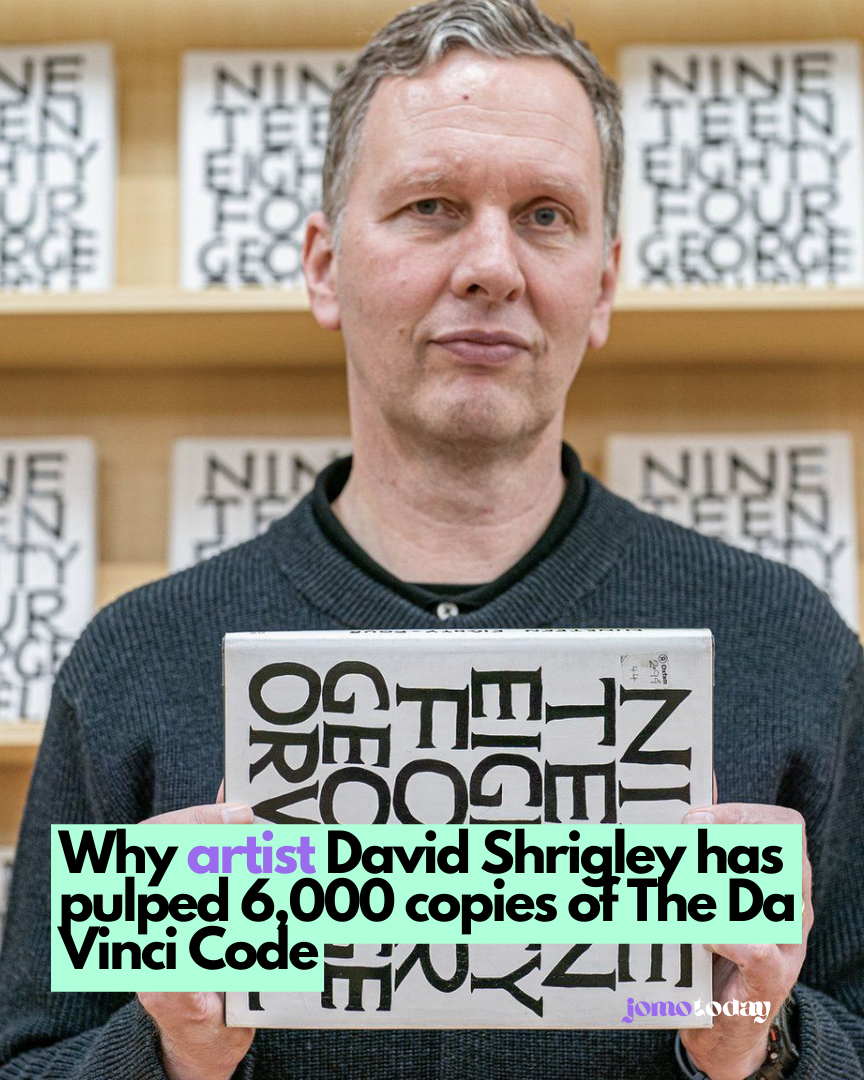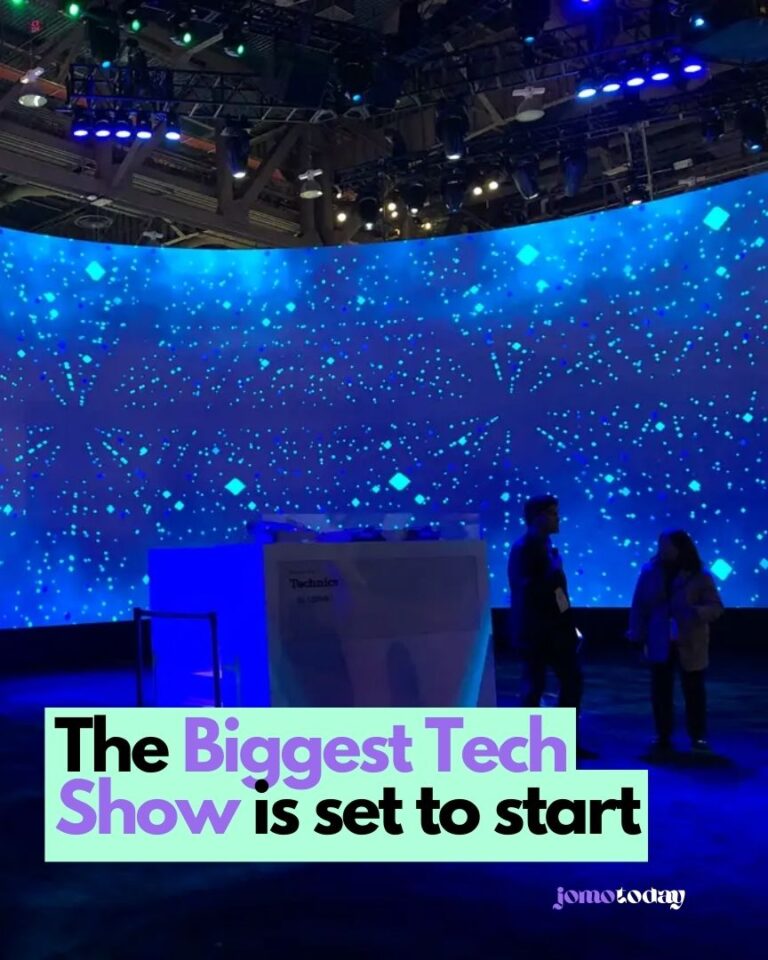In a bold and unconventional move, renowned artist David Shrigley has recently made headlines by announcing that he has decided to pulp 6,000 copies of the bestselling novel, The Da Vinci Code. This unexpected act has generated mixed reactions among art enthusiasts, literary critics, and the general public alike.
For those unfamiliar with David Shrigley, he is an artist celebrated for his distinctive and often subversive works, which challenge societal norms and provoke thought. Shrigley has been at the forefront of the contemporary art scene for years, known for his wry sense of humor and ability to push boundaries.
So why would Shrigley take such a drastic step as destroying thousands of copies of a popular book? The answer lies in his deep-seated belief in the importance of artistic integrity and the subversion of mainstream culture.
Shrigley views The Da Vinci Code, a work of fiction that has gained immense popularity worldwide, as symbolic of the homogenization of art and literature. He argues that the book’s success has perpetuated a culture of mediocrity, suppressing genuine creativity and originality.
By dramatically pulping these 6,000 copies, Shrigley aims to reclaim the power of artistic expression and challenge the status quo. He seeks to remind us that art should not be reduced to a formulaic and predictable commodity, but rather a platform for free thought, imagination, and innovation.
This controversial act has sparked a conversation about the role of artists in society and the boundaries of artistic freedom. Some applaud Shrigley’s audacity and admire his commitment to dismantling the established norms, while others criticize his actions as wasteful and unnecessary.
Regardless of one’s stance on the matter, David Shrigley’s bold gesture has undeniably made waves in the art world, forcing us to reevaluate our relationship with mainstream culture and contemplate the true essence of art. Like it or not, his decision to pulp The Da Vinci Code has once again highlighted the power of art to provoke, challenge, and ignite dialogue.
As we reflect on Shrigley’s unconventional act, perhaps we should ask ourselves: What does art truly mean to us? Should it conform to societal expectations and commercial demands, or should it remain a source of rebellion and an opportunity for true artistic expression?
David Shrigley, an artist, has transformed 6,000 copies of The Da Vinci Code by Dan Brown into George Orwell’s 1984.
Thank you for exploring our latest articles and trending topics on JomoToday! If you found these stories captivating, don’t miss out on our upcoming content and updates. Stay in the loop by connecting with us on social media.
Follow us on:
Youtube
Twitter
Facebook
Instagram
LinkedIn
By following us on these platforms, you’ll be the first to know about our latest articles, breaking news, and engaging discussions. Join our vibrant online community today, and let’s keep the conversation going!
Read more: Republicans Pick Mike Johnson as Latest House Speaker Nominee






1 Comment